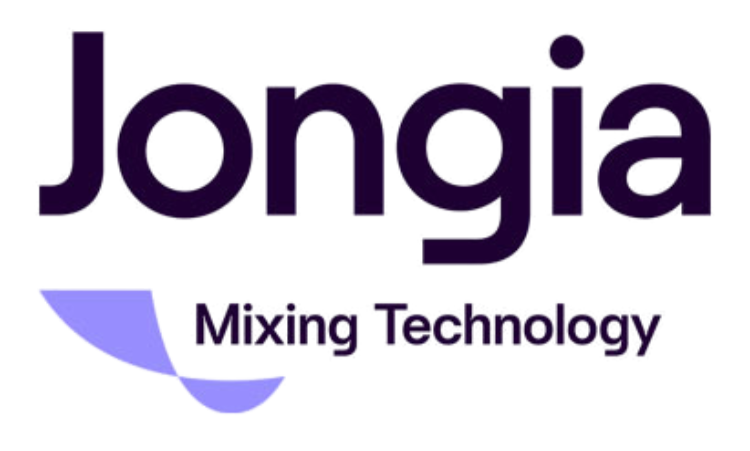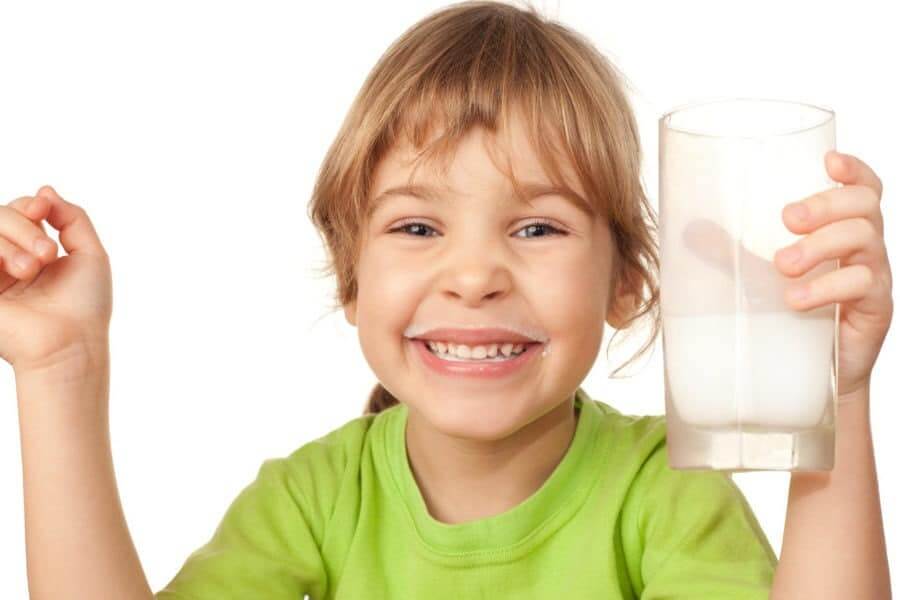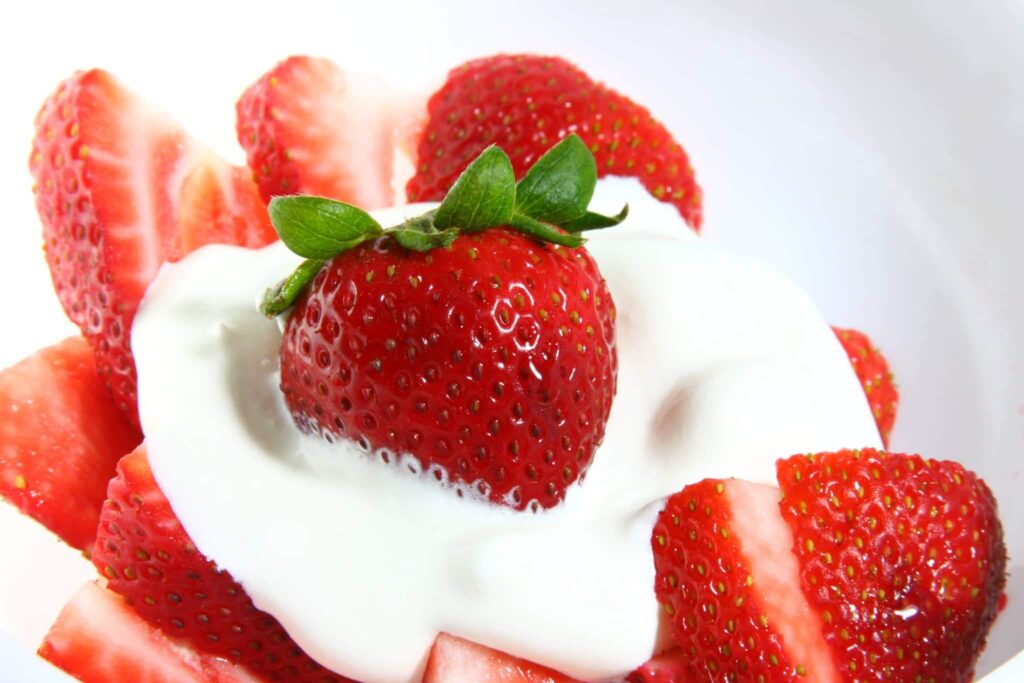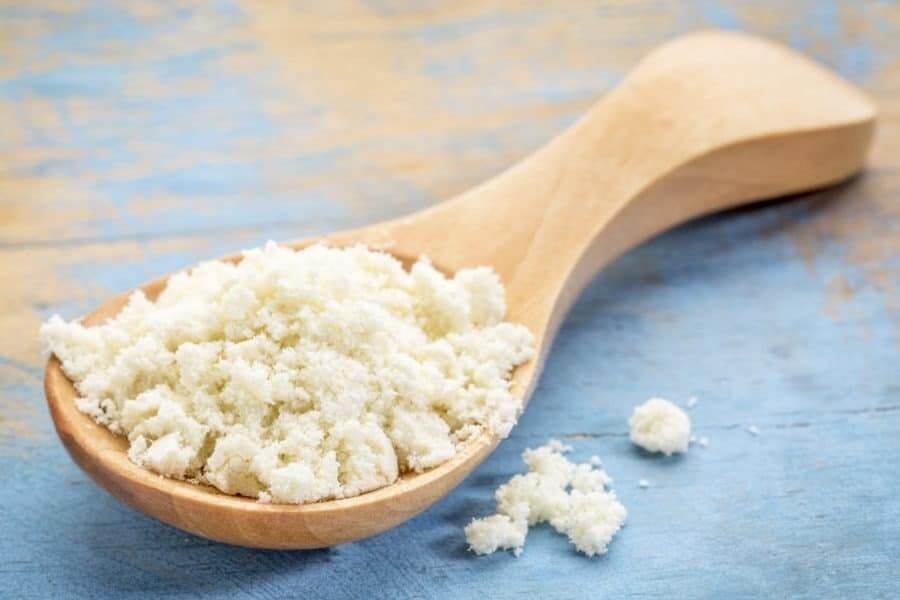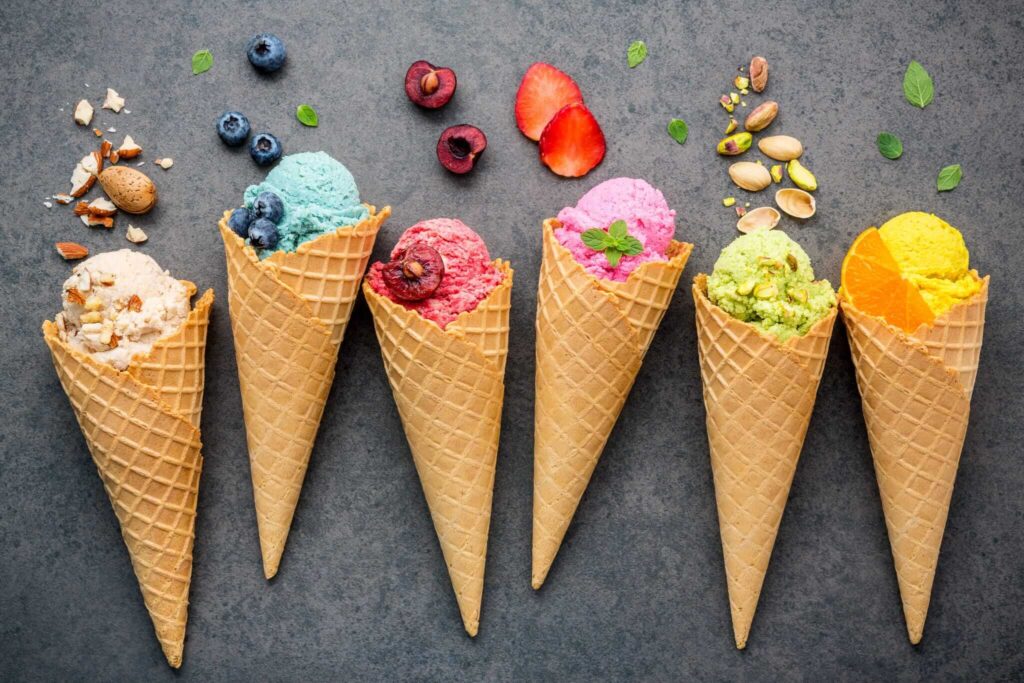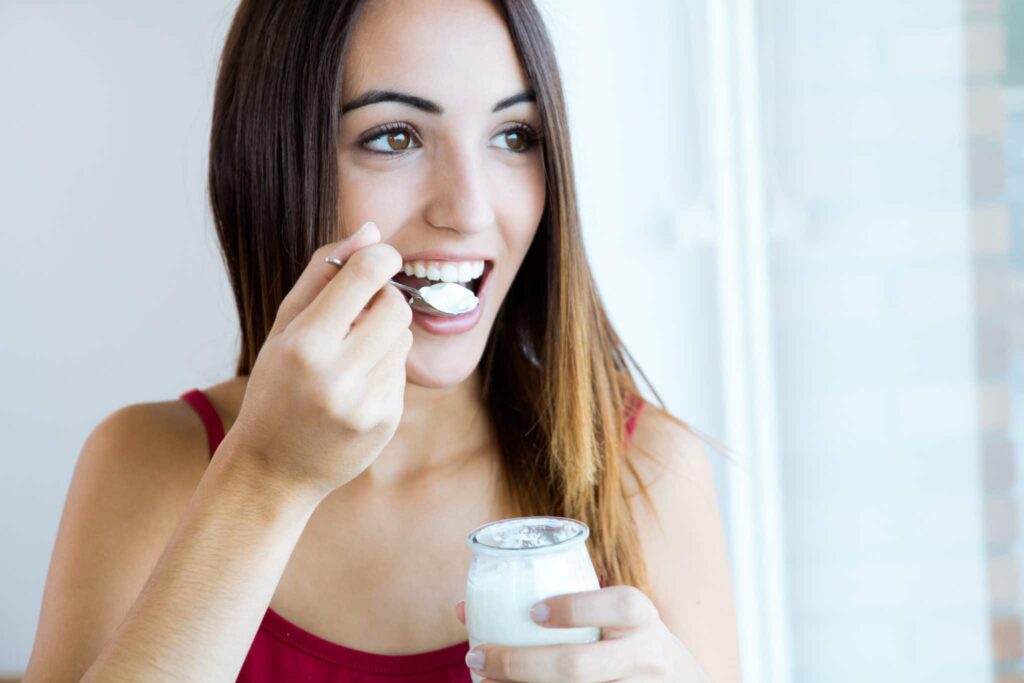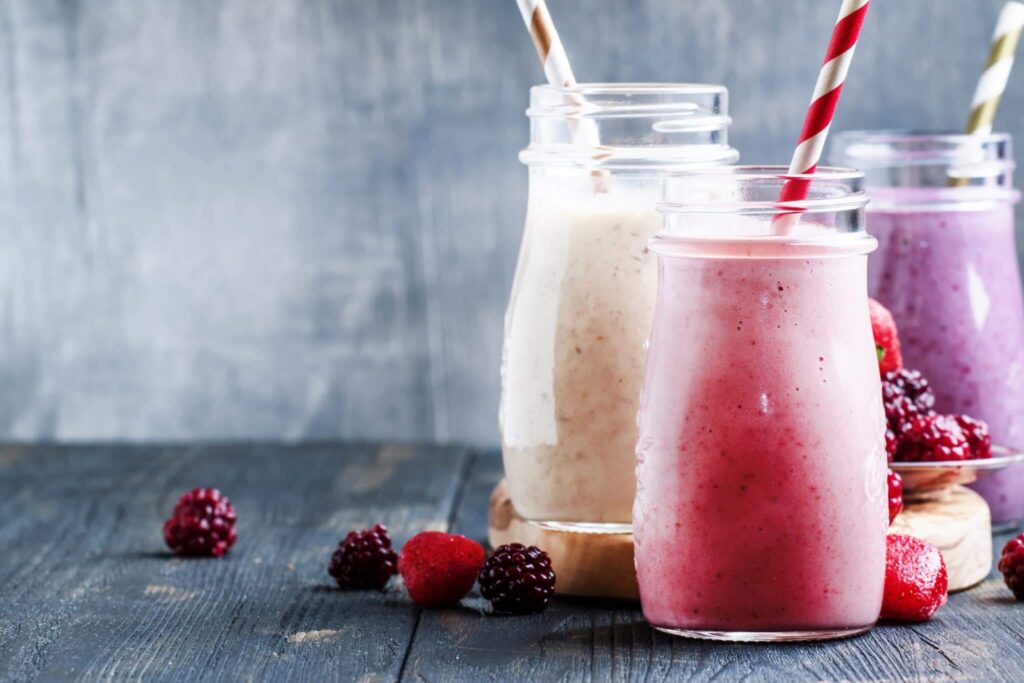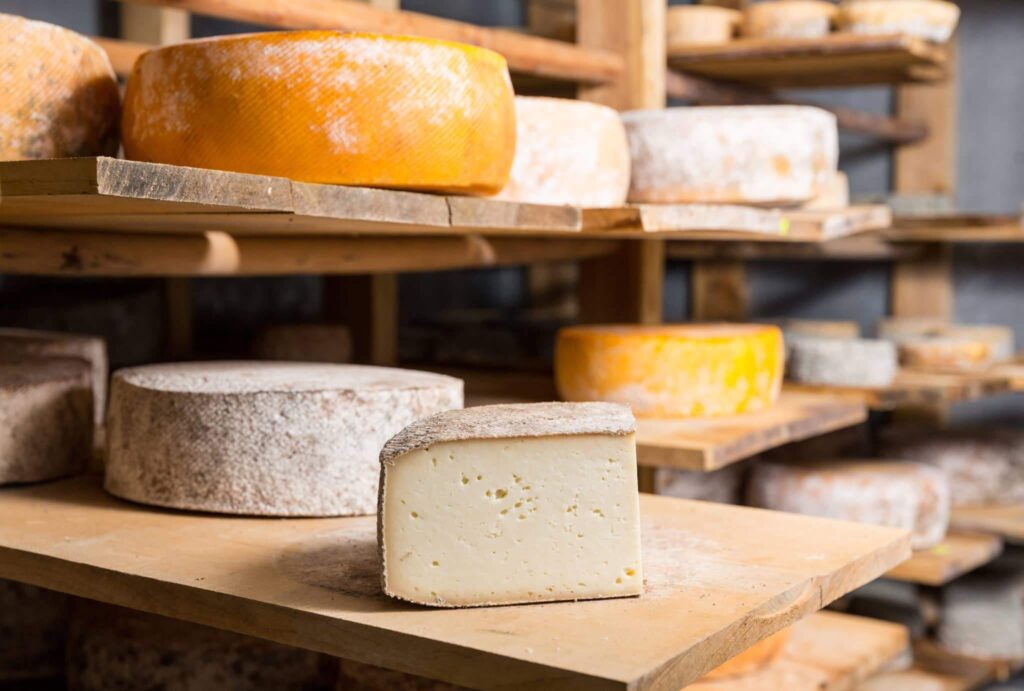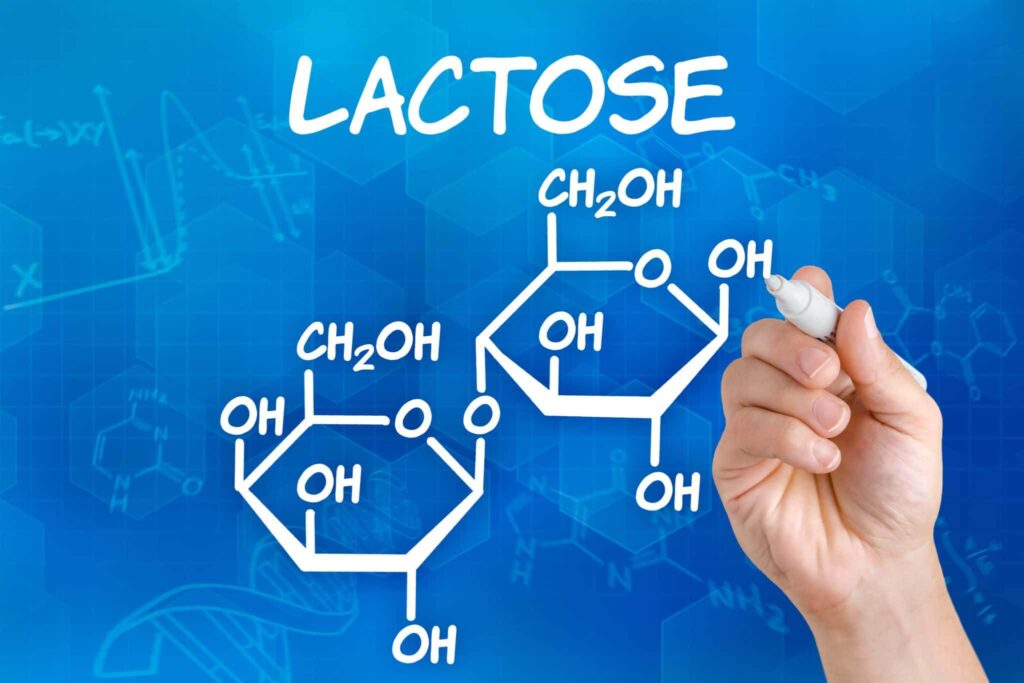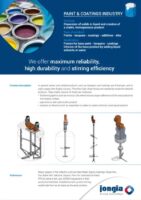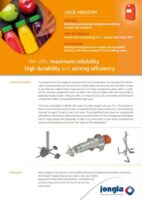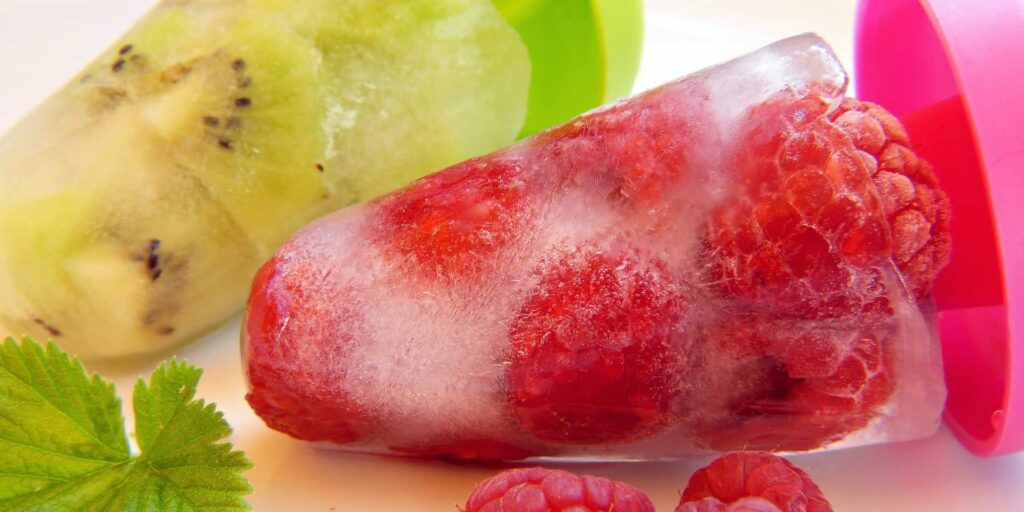
Ice cream
The production of water-based ice cream involves mixing the ingredients together, followed by crystallisation. It needs to be homogenised, after homogenisation there is a cooling and ageing process. The mixture is left to age for 4-24 hours and during this time all the dry ingredients are hydrated and the product is crystallised. The product is then frozen in a continuous freezer and air incorporation takes place. When the water-based ice cream leaves the continuous freezer at -5˚C, approximately 80% of the water is frozen. The final process is hardening, which freezes out most of the water at -40˚C.
Ice cream is a complex product. Water-based ice cream contains components, such as proteins and carbohydrates. Sweeteners, flavourings, emulsifiers and stabilisers are added during processing to enhance flavour, texture or appearance. Ice cream is over 80% water,. Few Air is incorporated into the product, resulting in finely distributed air cells protected by a layer of fat globules.
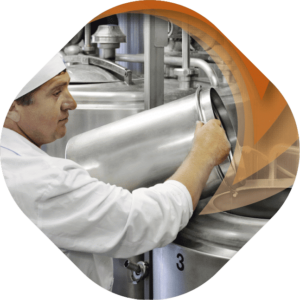
For the best mixing solution we rely on our process knowledge of more than 80 years and our high quality sanitary design

Mixing Equipment for ice cream
The appropriate agitator will stir the complete content in the vessel / hopper/tank to a homogeneous content which can be used to fill the filling lines with the mold of the ice-cream shape. However, to produce the high quality water based homogeneous ice cream, the dosing of solids is very important. For this, Jongia has its jet-mixer, inline mixer equipment available.
Once the dosing of solids is put into the fluids, the agitator, in most cases a top-entry type with a propeller or a combination of hydroprops will do the job.
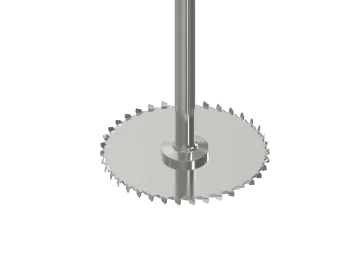
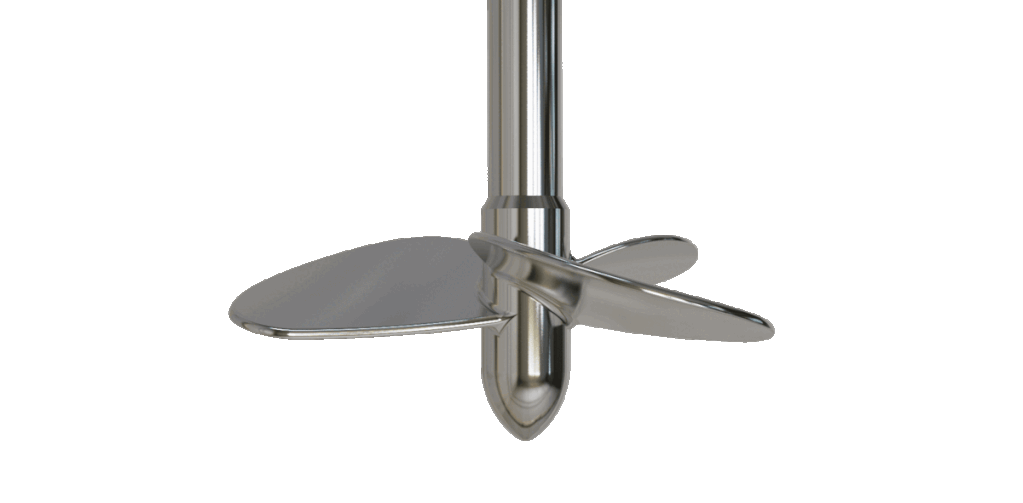
Frequently Asked Questions
What is the production process of water-based ice cream?
The production process involves mixing ingredients, followed by crystallisation. It includes homogenisation, cooling, and ageing for 4-24 hours, allowing dry ingredients to hydrate. The mixture is then frozen, incorporating air, and finally hardened at -40˚C, which freezes out most of the water.
What ingredients are essential for water-based ice cream?
Essential ingredients include sugars for sweetness and texture, flavours and colours for enhancement, and emulsifiers and stabilisers to improve quality. Each ingredient plays a specific role in determining the final structure and eating quality of the product.
How important is the dosing of solids in ice cream production?
Dosing of solids is crucial for producing high-quality water-based ice cream. Accurate measurement ensures a homogeneous mixture, which is essential for achieving the desired texture and taste in the final product. Jongia offers jet-mixer and inline mixer equipment for this purpose.
What equipment is required for ice cream production?
The necessary equipment includes a dry store for ingredients, mixing/ageing vat, agitator, Jongia jet-mixer, an ice cream freezer (batch or continuous), packing machine, freezer room, and freezer store for the packaged product.
How does air incorporation affect the ice cream?
Air incorporation is vital as it results in finely distributed air cells protected by fat globules, contributing to the texture and mouthfeel. The aim is to create a light and creamy product, enhancing overall eating quality.
Ice Cream Contacts

Tom Pruymboom
Sales Director
Area Worldwide

Bart Brouwer
Area Sales Manager
Area Worldwide

Sijko van der Veen
Application Engineer
Technical Specialist
Related Articles
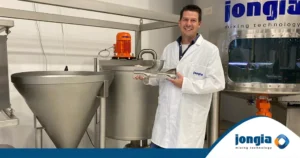
Tutorial: How does the Jet mixer work?
When it’s important that solids are homogeneously dissolved in liquids before the solids enter the tank, the Jet mixer is an addition to the mixing process. The Jet mixer efficiently dissolves solids. In this tutorial we want to show you
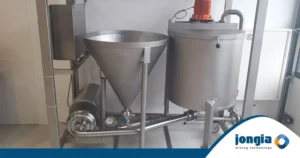
The Jet mixer: the solution for the dissolving of solids
The Jet mixer is an efficient solids dissolver. It is designed for ergonomic use and is easy to maintain. Mainly customers in the food industry, and especially the dairy industry, use it to their advantage. They use the Jet mixer
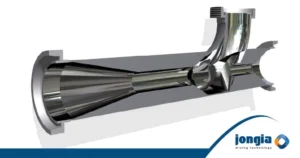
The Jet mixer: for efficiently dissolving of solids
Homogeneous dissolving of solids in liquids requires more than a tank with an agitator. For these mixing processes Jongia Mixing Technology supplies the so-called Jet mixer: an efficient powder dissolver. Operation and placement of the Jet mixer The Jet mixer
Ingredients
Each ingredient selected for the production of water-based ice cream has a specific function in terms of its effect on the final structure and eating quality of the product.
Sugar and sweeteners
Sugar is added to provide sweetness and improve texture. A combination of sugars (e.g., sucrose, glucose, fructose) is normally used to obtain the desired sweetness of the final product. Sugars control the amount of frozen water in ice cream and therefore, the softness of the final product. Sweeteners are also permitted for use in ice cream production and are often used in lower- calorie products.
Flavours and colours
Flavours and colours are added to almost all ice cream to enhance the appearance and taste of the product, but these flavours and colours can be natural in origin.
Emulsifiers and stabilisers
Emulsifiers help bind all the ingredients during the manufacturing process and improve the whipping quality during mixing. Stabilizers improve air incorporation. They have a positive influence on the body and texture of the ice cream, contributing to the creaminess and melting properties of the finished product.
What you need
Production requirements include:
- dry store for ingredients and packaging
- mixing/ageing vat
- Agitator and a powder dissolving mixer, Jongia Jet-mixer
- ice cream freezer – batch or continuous
- packing machine/filler
- freezer room
- freezer store (packaged product).
